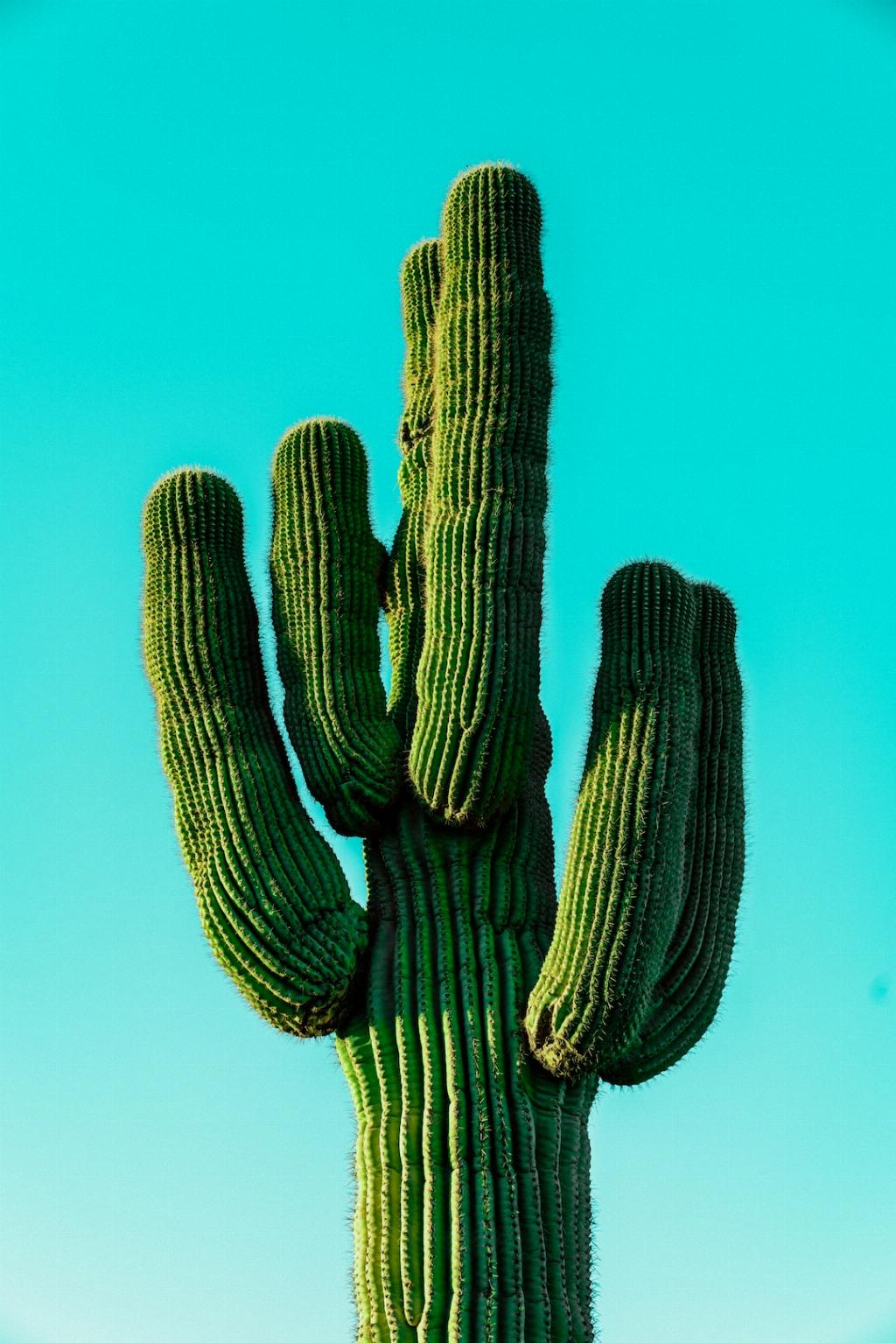Having a cactus fall over can be a distressing sight for any plant lover. Besides aesthetics, it also indicates a problem with the plant’s health or environment, which needs attention. To understand why your cactus is leaning or falling over, several factors must be considered.
1. Pot Size Matters
One common reason for a cactus falling over is being planted in a pot that is too small. When the cactus outgrows its container, the roots can become tangled and cramped, limiting their ability to support the plant’s weight properly.
2. Root Bound Consequences
As the roots of a cactus outgrow their pot, they can become root-bound. This means the roots have no room to spread out, causing them to wrap around the base of the plant. This can lead to a lack of stability and ultimately result in your cactus falling over.
3. Nutrient Deficiency and Weakness
If your cactus is not receiving adequate nutrients, it may become weak and unable to support itself. A lack of essential minerals can lead to issues with the cactus’s structure, making it more prone to leaning or falling over.
4. Watering Habits
Improper watering can also contribute to a cactus falling over. Overwatering can cause root rot, weakening the plant’s foundation. Conversely, underwatering can lead to dehydration and shriveling, making the cactus more susceptible to toppling.
5. Sunlight Exposure
Cacti are sun-loving plants, but excessive sunlight exposure can cause stress and damage, potentially leading to structural issues. Insufficient light can also weaken the plant, making it less stable and more likely to fall over.
6. Pests and Diseases
Pests and diseases can affect the overall health of your cactus, weakening its structure and causing it to lean or fall over. Keeping an eye out for common cactus pests and promptly addressing any issues can help prevent this problem.
7. Environmental Conditions
Extreme temperatures, humidity levels, or poor air circulation can all impact the health and stability of your cactus. Ensuring that your plant is in an environment that meets its specific needs can help prevent it from falling over.
8. Growth Patterns
Some cacti naturally grow in a way that makes them prone to leaning or falling over. Understanding the growth habits of your specific cactus species can help you anticipate and address any potential stability issues.
9. Age and Size of the Cactus
Older and larger cacti may become top-heavy over time, especially if not adequately supported. As cacti grow, their weight distribution changes, requiring adjustments to maintain their stability and prevent them from falling over.
10. Repotting Needs
Regular repotting allows your cactus to continue growing healthily and prevents issues like becoming root-bound. Knowing when and how to repot your cactus can help maintain its stability and prevent it from falling over.
11. Physical Damage
Accidental damage or injury to your cactus can weaken its structure and cause it to lean or fall over. Being cautious when handling and moving your plant can help prevent such incidents and maintain its stability.

12. Proper Care and Attention
In conclusion, ensuring your cactus receives proper care, including appropriate watering, adequate sunlight, regular inspection for pests and diseases, and suitable environmental conditions, is crucial to preventing it from falling over. By addressing these factors and providing your cactus with the care it needs, you can enjoy a healthy, upright plant for years to come.
